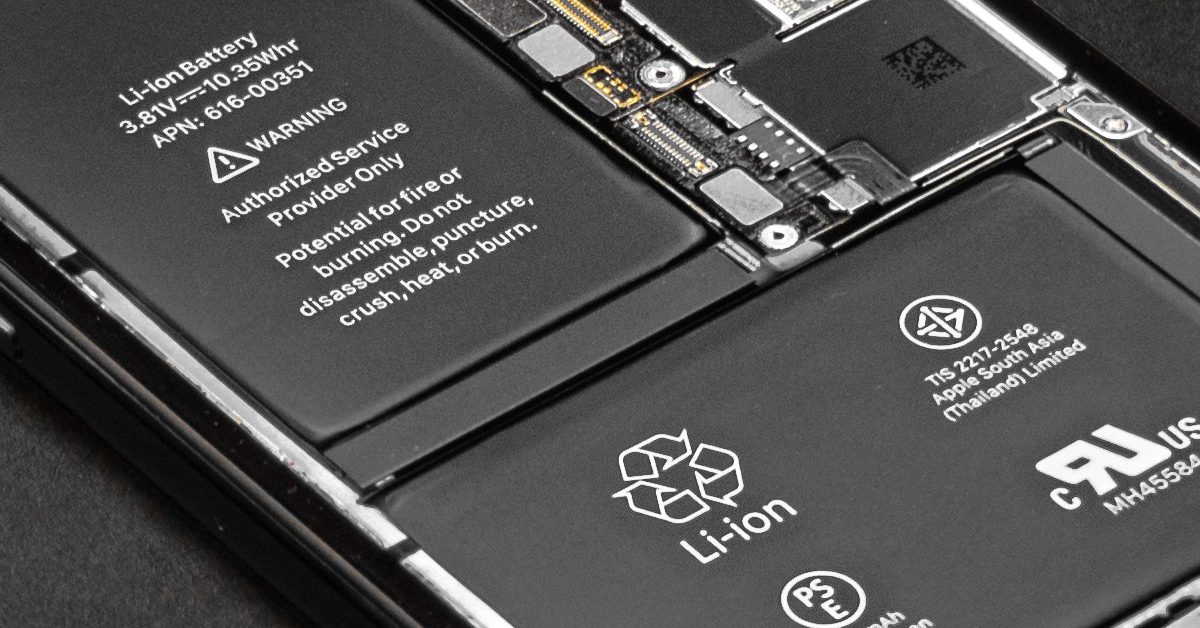The Rising Risks of Lithium-Ion Batteries
From e-scooters and e-bikes to an increase of their use in the marine market, how can we stay safe?
From e-scooters and e-bikes to an increase of their use in the marine market, how can we stay safe?

E-bikes and e-scooters are becoming increasingly popular. Most are powered by lithium-ion batteries which can be charged in the home. The use of these batteries in a wide range of household products is becoming increasing common. Fire advisers are keen to stress that it is important when charging e-bikes and e-scooters that it is done so safely to avoid a risk of a fire starting and putting families and homes at risk.
Here are some important tips published by The National Fire Chiefs Council about e-scooters and e-bikes:
Charging
Storage
Buying
Damage and Disposal
It is not just in domestic appliances that lithium-ion batteries are becoming more commonplace. Due to significant weight saving and power efficiencies, the marine market is moving towards the use of lithium-ion batteries.
Another major reason for the transition to lithium-ion batteries in the marine industry is that the technology contributes to greener shipping. The International Maritime Organization (IMO) estimated that the amount of carbon dioxide emissions from shipping represented 2.2% of the global human-made emmissions in 2012. They expect this number to increase to rise to 50 – 250% by 2050 if no action is taken.
An increasing use of Lithium-ion batteries leads to an increased risk for fire. In a report made by the European Union, scientists conclude that a lithium-ion battery fire on board of a ship can be more deadly than a sinking ship. This is because a lithium-ion battery fire is one of the most dangerous and difficult fires to control and extinguish.
On 7th September 2018, a fire occurred in the garage of the superyacht MY Kanga, at that time at anchor in the coastal area of Croatia. The fire quickly developed to the upper decks resulting in an uncontrollable situation. It took less than 25 minutes for the fire to spread to the sun deck, accompanied by explosions. Orders were given to abandon the ship. The safety investigation published in 2019 concluded that the fire in all probability was caused by the lithium batteries of an electric surfboard. The crew was not aware of how dangerous lithium batteries can be. According to this article published by SuperYachtNews.com, 55 superyacht fires have been reported since 2000. This represents 1% of the total deliveries. Considering the private nature of this market, this number is most likely significantly higher.
Equipped with built-in protection and fail-safe management systems, the latest generation of lithium-ion batteries for marine use are extremely safe. But battery fires have always been a potential hazard on boats and as the science of batteries has evolved, so has the nature of the threat they present. Thankfully, no casualties resulted from the fire that destroyed the 41m MY Kanga, but the episode underlined the need for better understanding of Li-ion batteries to keep the hazards in check.
The subsequent investigation report released by Transport Malta’s Marine Safety Investigation Unit (MSIU) concluded that “in all probability” the fire was started by lithium-ion batteries in Kanga’s tender garage, where four electric surfboards with lithium-ion battery packs were stored. None of these were being recharged at the time of the incident and the garage extraction fan was running.
Although the surfboards had in-built protections to guard against short circuits, over-charging, extreme temperatures and water ingress, the crew had complained about sea water ingress into three of the batteries and brownish-colour
ed water leaking from them. The safety investigation could not determine whether this was only sea water, sea water mixed with electrolyte, or the product of a reaction.

If moisture or water seeps into a lithium-ion cell it can react with the Lithium salt in the electrolyte to release Hydrogen Fluoride. As the concentration of HF increases, the colour of the electrolyte could change from colourless to a yellowish-brown to a reddish-brown during storage. Furthermore, sea water can cause a short circuit because of its high conductance and corrosive properties.
The electrolyte inside a lithium-ion battery is highly volatile and intrinsically flammable. One of the most catastrophic failures of a lithium-ion battery is a ‘thermal runaway’ event, which happens when an exothermic reaction goes beyond control, driving temperatures even higher. Explosions could occur if the flammable gases produced during thermal runaway either mix with the remaining air within the battery enclosure, or when fresh air enters the battery enclosure from vents or openings.
BizSpace
Linford Forum
18 Rockingham Drive
Milton Keynes
Buckinghamshire
MK14 6LY
What3words reference:
Make an enquiry:
Company No. 05174302
VAT No. 844 5092 22

 Back to Basics: DSE
Back to Basics: DSE